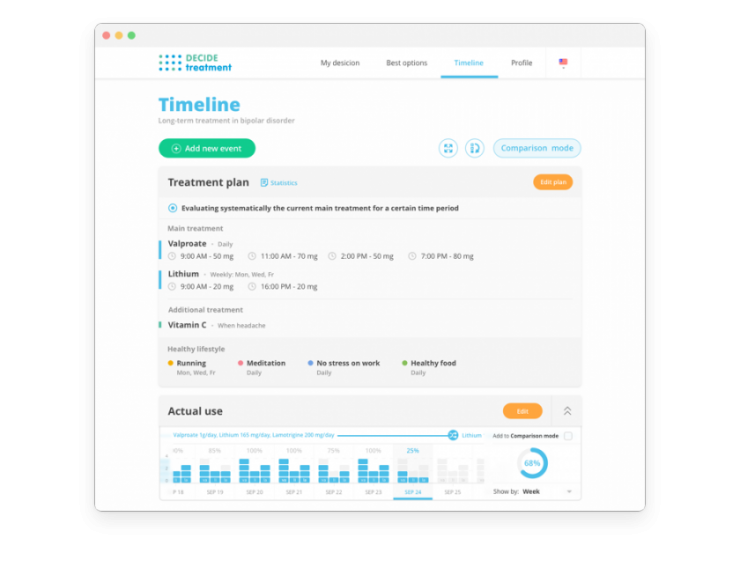Several years ago a collaborative initiative of Innlandet Hospital Trust, Dips ASA, the Norwegian University of Science and Technology and the Norwegian Knowledge Centre for the Health Services hired Intersog to build a complex and robust software system to assist with shared decision making in Norway healthcare. We built a dedicated development team for the client in Ukraine where we're running 2 R&D centers and got completely steeped in work as the project was rather innovative and complex and required a lot of dedication and commitment from the entire Ukrainian team. You can read more about why Dr. Oystein Eiring, the Product Owner, chose to partner with Intersog and how we were building the system, and how the project prototype was presented to the Royal Norwegian Ministry of Health and Care Services. The project was so disruptive that it was featured in Computer Weekly that's notorious for being selective in what they publish.
I think any (or nearly any) software developer wants to build useful and meaningful solutions that will leave a solid footprint in our daily lives and will help transform our society for the better. Intersog isn't an exception. And we're uber excited that the software we built for our Norwegian client has proved to be the first evidence-based health-optimization system ever created, and has enabled medical practitioners to achieve positive results that would've been hard to achieve without such a system.
Dr. Eiring and his colleagues tested the usability of the system targeting suboptimal treatment of patients with bipolar disorders and compared the service to other existing strategies. They published the results of their work in the BMC Medical Informatics and Decision Making (17:102).

Random screenshot of the Decide Treatment application
In short, based on the frameworks of shared decision-making, multi-criteria decision analysis, and single-subject research design, Dr. Eiring and colleagues interviewed potential users, reviewed research and current approaches, and Intersog created a first version using a rapid prototyping framework. We then iteratively improved and expanded the service based on formative usability testing with patients, healthcare providers, and laypeople from Norway, the UK, and Ukraine. The evidence-based health-optimization system was developed using systematic methods. The System Usability Scale and a questionnaire were administered in formative and summative tests.
Read more about the project in our Portfolio.
Seventy-eight potential users identified 82 issues. Driven by user feedback, the limited first version was developed into a more comprehensive system. The current version encompasses 21 integrated core features, supporting 6 health-optimization strategies. One crucial feature enables patients and clinicians to explore the likely value of treatments based on mathematical integration of self-reported and research data and the patient’s preferences. Feedback from the questionnaire was generally positive. Eighteen out of 23 components in the system are not required in international standards for patient decision aids and clinical practice guidelines.
The research team concluded that we have developed the first evidence-based health-optimization system enabling patients, clinicians, and caregivers to collaborate in optimizing the patient’s health on a shared platform.
For details, please read the full article by Dr. Eiring et al. on Springer.com.






